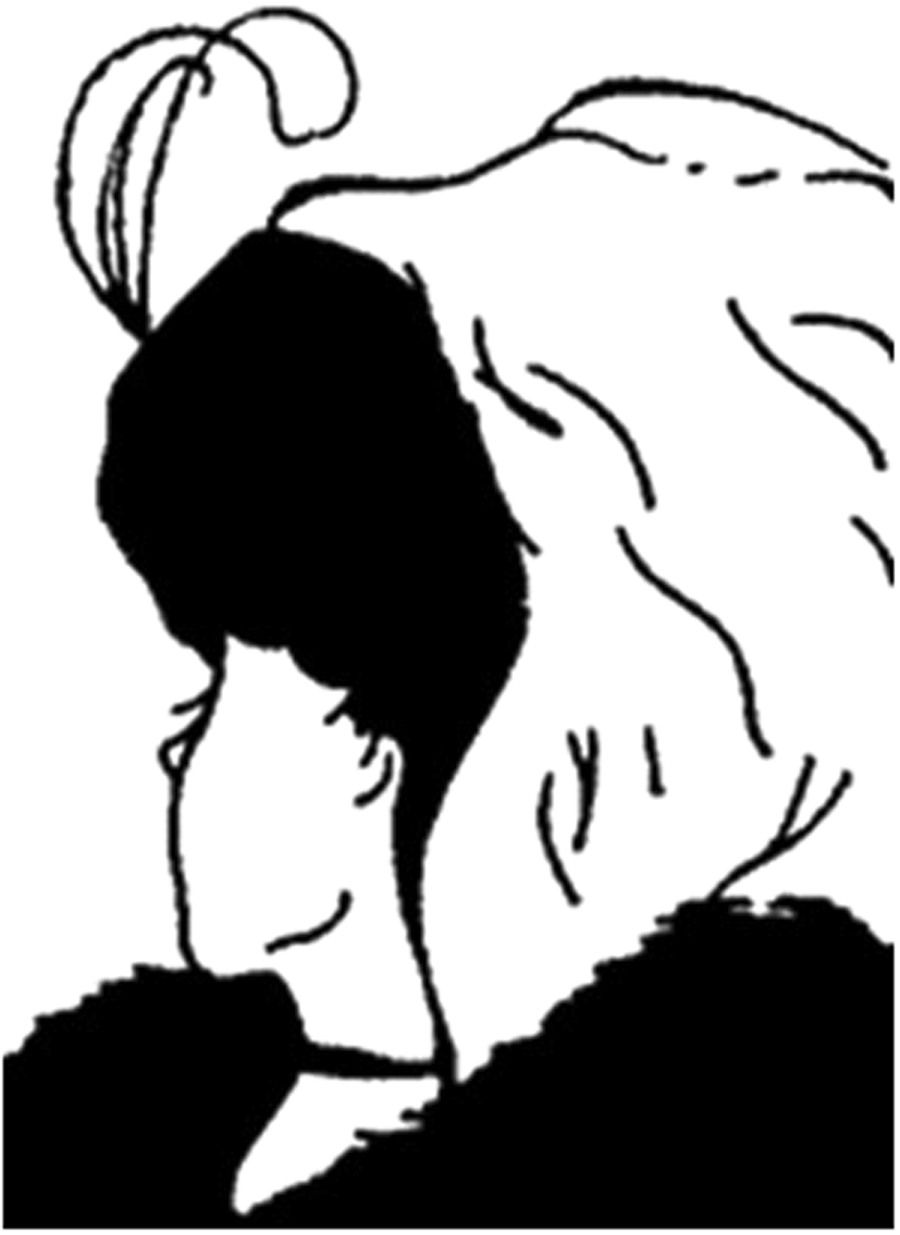
What You See in This Famous Optical Illusion Could Reveal How Old You Are

Do you see an old woman or a young woman?
They are both trapped in this famous optical illusion that first appeared on an 1888 German postcard and was later adapted by British cartoonist William Ely Hill, who published it in a humor magazine in 1915 with the title "My Wife and My Mother-in-Law." But the person you see first could be affected by how old you are, according to a new study published Aug. 23 in the journal Scientific Reports.
Using Amazon's Mechanical Turk, an online crowdsourcing platform, researchers showed the illusion for half a second to 393 U.S. participants between the ages of 18 and 68. [Eye Tricks: Gallery of Visual Illusions]
They were then asked if they saw an animal or a person and, if they said a person, what the sex was of the person. If the participants answered both questions correctly, they were asked to estimate the woman's age.
Most people saw the young woman, but then again, there were more younger participants (with only five above 60). The younger population tended to see the younger woman who is facing away, looking over her right shoulder and the older population tended to see the older woman looking toward the side.
Overall, the younger the participant was, the younger they said the woman was — and as the participants' ages increased, so too did the age they gave for the woman in the illusion. The youngest 10 percent of participants estimated the woman's age to be 12.1 years younger than the oldest 10 percent of participants did. This could be due to an "own-age bias," according to the paper.
We process faces from ages similar to our own more thoroughly and holistically than those of other ages, they wrote. Further, the findings could also be in part due to sociocultural practices in the U.S. that tend to be less inclusive to the elderly, according to the researchers.
Sign up for the Live Science daily newsletter now
Get the world’s most fascinating discoveries delivered straight to your inbox.
Originally published on Live Science.

Yasemin is a staff writer at Live Science, covering health, neuroscience and biology. Her work has appeared in Scientific American, Science and the San Jose Mercury News. She has a bachelor's degree in biomedical engineering from the University of Connecticut and a graduate certificate in science communication from the University of California, Santa Cruz.









